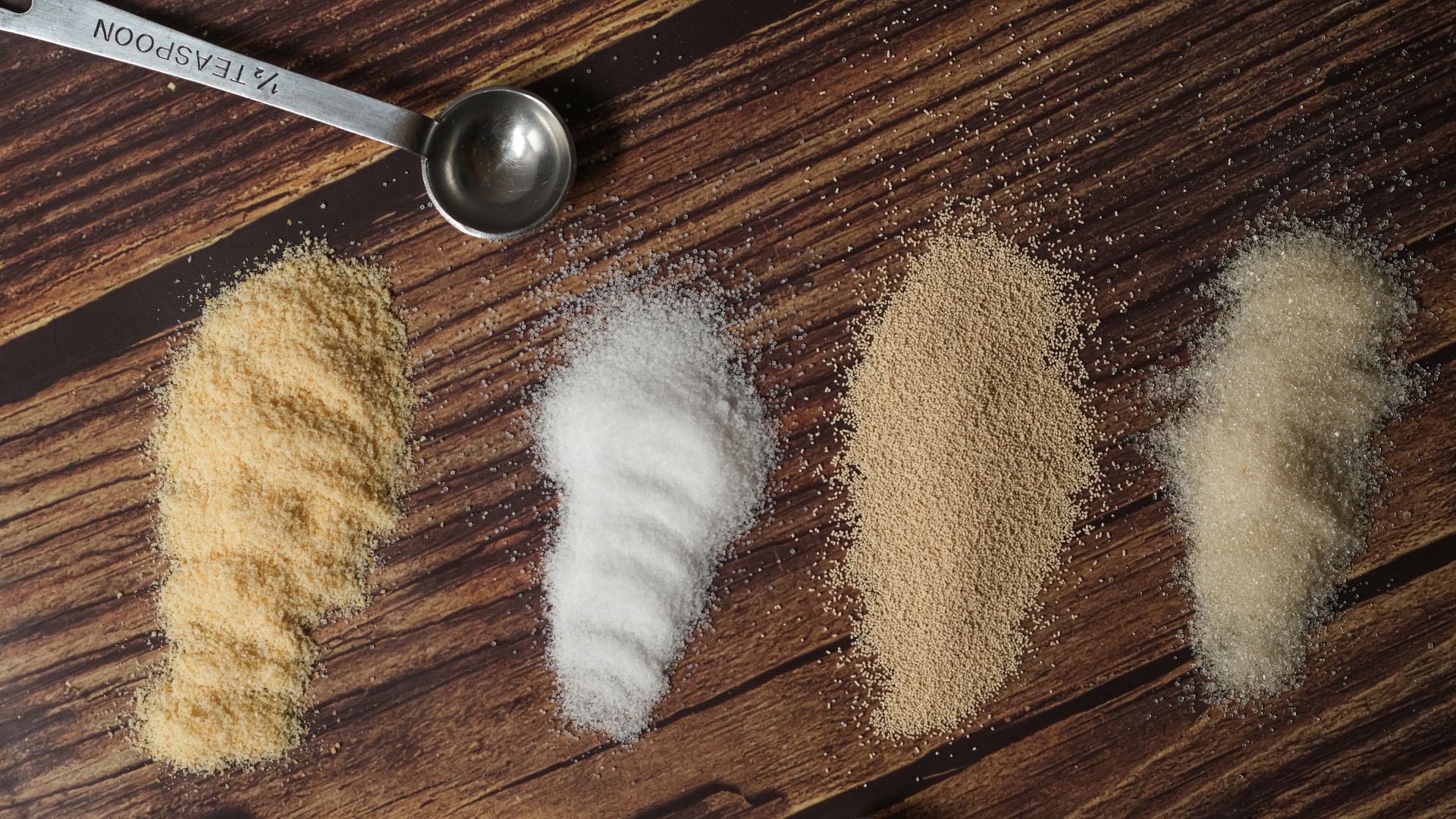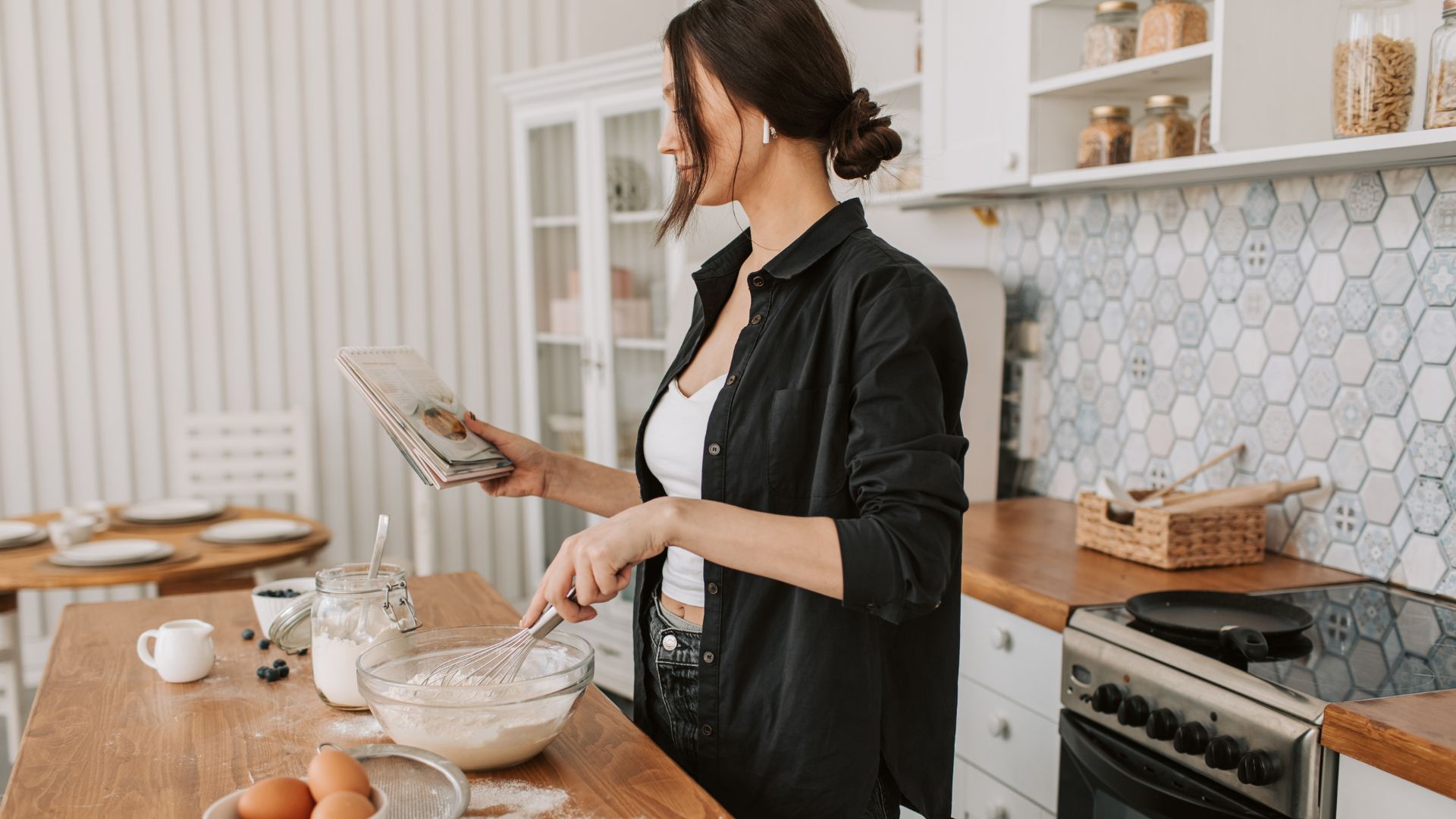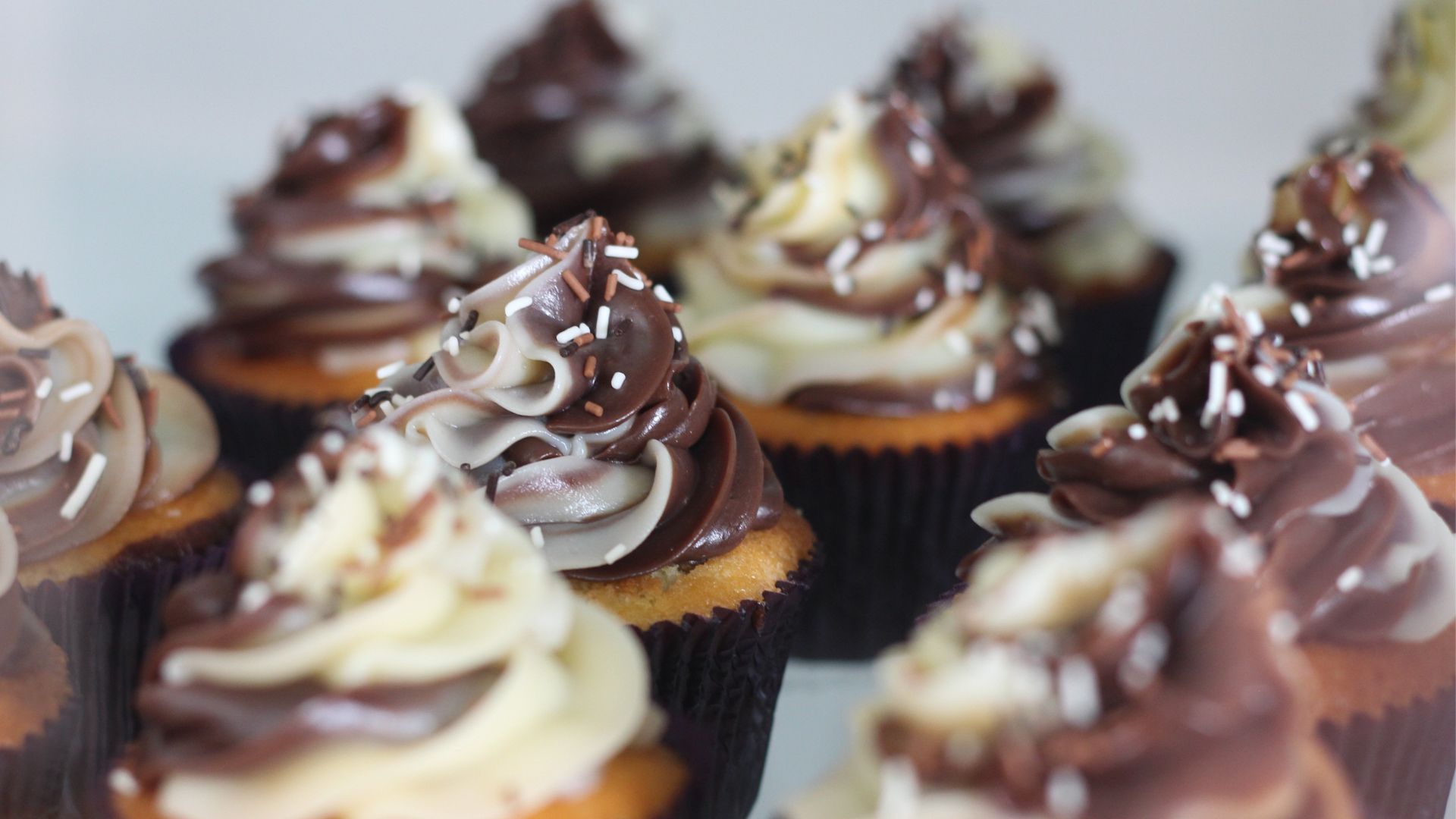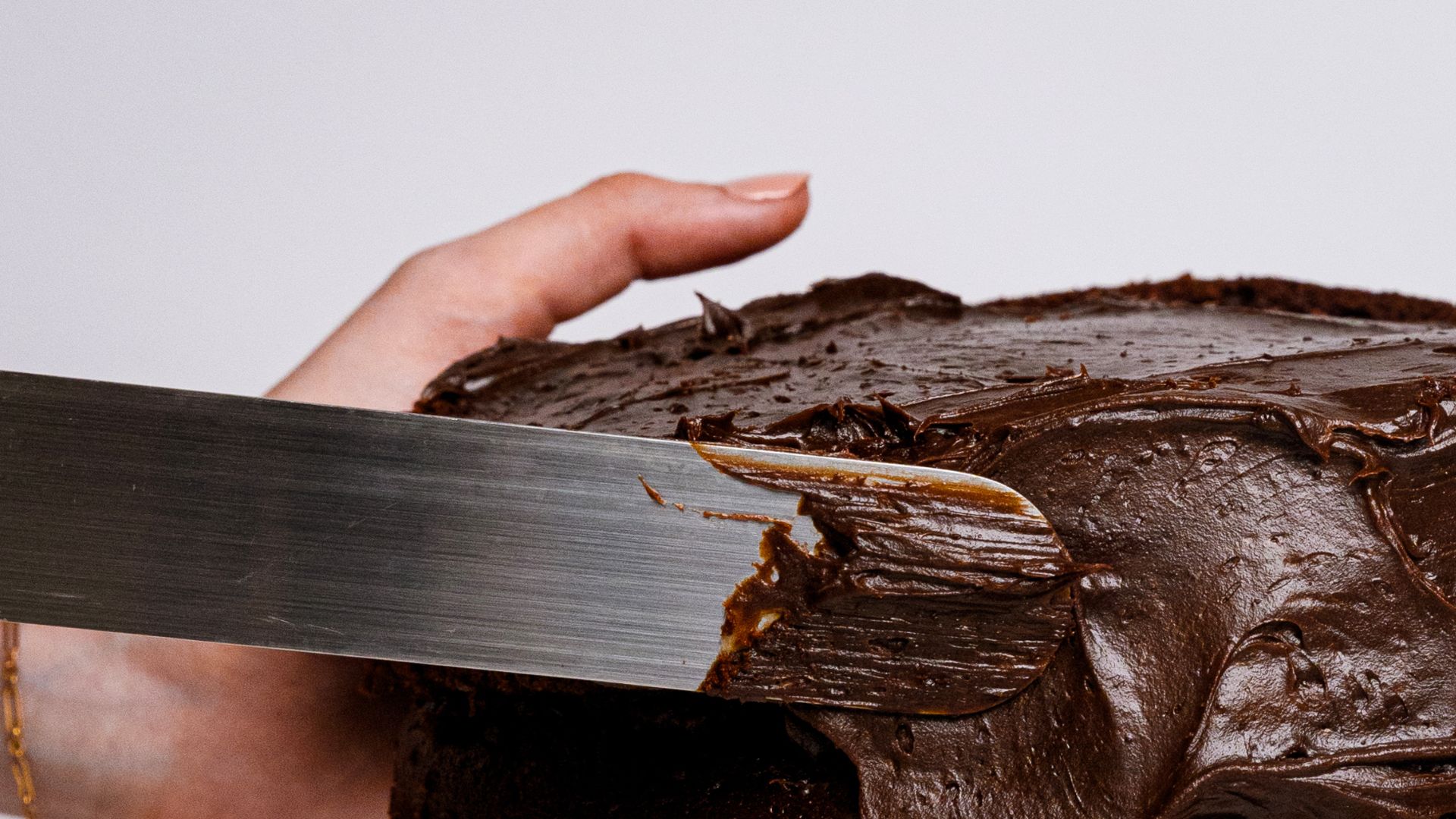Baking might seem like an art – mixing flour, sugar, and eggs together to create something magical – but in reality, it’s all about science. The difference between a beautifully risen cake and a flat, dense one often comes down to understanding how the ingredients interact and the chemical reactions that take place during the process. This is why following recipes precisely is so important; each ingredient plays a specific role, and each step in the process has been carefully tested to deliver the best results.
In this article, we’ll delve into the science of baking and explore why recipes matter, how ingredients work together, and how temperature and timing can make or break your baked goods:
- The role of ingredients
- The science behind it: Chemical reactions in baking
- The two Ts: Temperature and timing
- Why recipes work
- The key to baked success: Recipes work
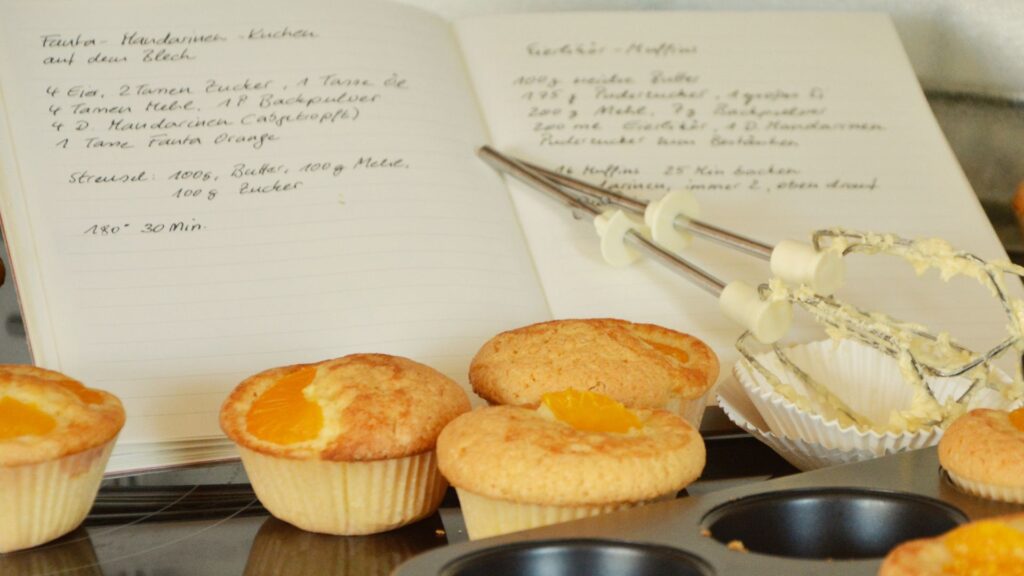
The role of ingredients
The foundation of any baked good starts with the ingredients. Understanding how each one works is key to achieving the right texture, flavour, and consistency in your bakes. Let’s break down the role of some key ingredients:
Flour:
Flour is the backbone of almost every recipe, providing structure and texture. When flour is mixed with liquid, it forms gluten, a protein that gives dough its elasticity. The more you mix the dough, the more gluten develops, which is why bread dough is often kneaded to create a chewy texture. For cakes, a lower-protein flour like cake flour is preferred, as it creates a lighter, softer texture.
Fat:
Fats, like butter, oil, and shortening, provide richness and moisture to your baked goods. Fat helps to tenderise the dough by shortening the gluten strands, which is why it’s used in many cake and cookie recipes. Butter, in particular, adds flavour and helps achieve that light, airy texture. The temperature of the fat is also important; cold butter creates a flakier texture in pastries, while softened butter incorporates air better for cakes.
Sugar:
Sugar isn’t just for sweetness – it also contributes to texture, colour, and moisture. When sugar is combined with fat, it helps to create a light, fluffy texture in cakes and cookies. Sugar also caramelises during baking, giving your baked goods that golden colour and a subtle depth of flavour. Additionally, sugar helps to retain moisture, which is why cookies or cakes made with a high sugar content tend to stay soft for longer.
Eggs:
Eggs serve several important purposes in baking. They provide structure (through their proteins), moisture, and help with binding ingredients together. They also act as emulsifiers, allowing fat and water to mix smoothly. Eggs also help with leavening; when beaten, they trap air, helping to create a light, airy texture in cakes and soufflés. The balance of eggs in a recipe can affect how dense or fluffy the final product turns out.
Liquid:
Liquids, such as milk, water, or fruit juices, are essential for activating the dry ingredients, hydrating the flour, and helping to form the batter or dough. Liquids dissolve sugar and salt and also assist in creating steam during baking, which contributes to the rise of certain baked goods like bread or cakes.
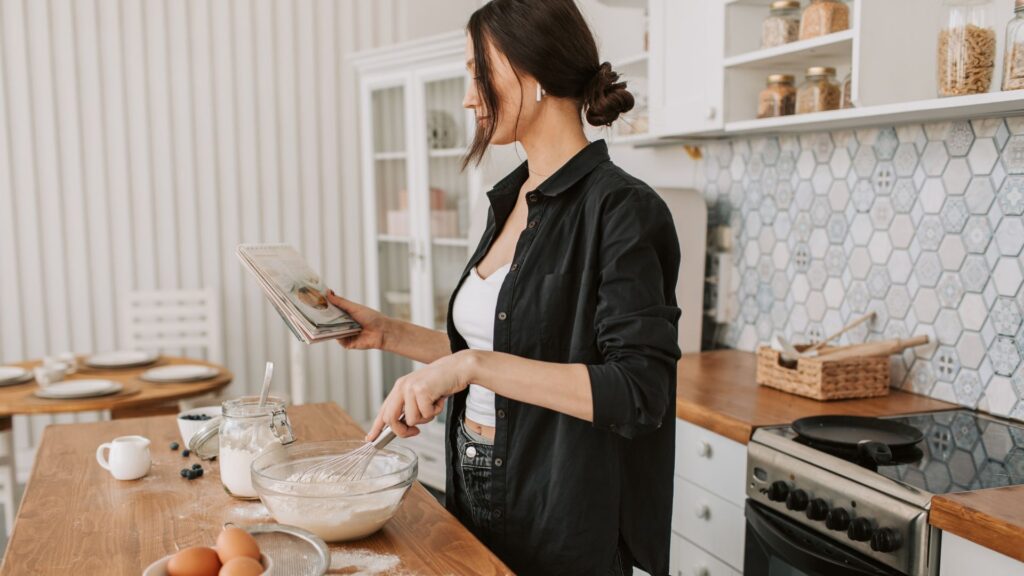
The science behind it: Chemical reactions in baking
Baking is all about chemical reactions. When ingredients combine, they undergo various reactions that result in the rise, texture, and flavour of your baked goods. Let’s take a look at some of the key reactions:
Yeast fermentation:
In bread and other yeasted doughs, yeast plays a crucial role. Yeast is a living organism that feeds on the sugars in the dough, releasing carbon dioxide gas and alcohol in the process. The carbon dioxide creates bubbles in the dough, which causes it to rise. This fermentation process also develops the flavour of the dough. The temperature of the dough is vital for yeast to activate – if it’s too cold, the yeast won’t ferment properly; too hot, and the yeast will die.
Chemical leaveners:
Baking soda and baking powder are chemical leaveners used to make dough or batter rise. Baking soda (sodium bicarbonate) reacts with acidic ingredients like buttermilk or vinegar to produce carbon dioxide, which causes the batter to rise. Baking powder contains both an acid and a base, allowing it to release carbon dioxide without the need for an additional acidic ingredient. These reactions are responsible for the light and airy texture of cakes, muffins, and cookies.
Maillard reaction:
This is the reaction that occurs when proteins and sugars in your dough or batter combine and are heated, creating that beautiful brown colour and rich flavour in your baked goods. The Maillard reaction is responsible for the golden-brown crust on bread, cookies, and pastries, as well as the delicious caramelised flavours.
The two Ts: Temperature and timing
Temperature and timing are two of the most important factors in baking. Even if you follow the recipe to the letter, poor temperature control can result in a less-than-perfect outcome.
Oven temperature:
Baking at the right temperature ensures that your dough or batter rises and cooks evenly. If the oven is too hot, your cake may burn on the outside while remaining raw on the inside. If it’s too cool, the baked good might not rise properly and can end up dense and undercooked. Always preheat your oven and use an oven thermometer to check that the temperature is correct.
Ingredient temperature:
The temperature of your ingredients also affects the final result. For example, using cold butter in pastry dough helps create flaky layers, while using room temperature butter in cake batter helps incorporate air and results in a lighter texture. Eggs and milk should also be at room temperature unless otherwise specified in the recipe.
Baking time:
Baking times can vary depending on the size of the pan, the type of dough or batter, and your oven. It’s important to check your baked goods toward the end of the suggested baking time to ensure they’re done. Use the toothpick test to check for doneness – insert a toothpick into the centre of your cake or muffin, and if it comes out clean, it’s ready.
Why recipes work
Understanding the science behind baking can help you see why recipes work and why it’s important to follow them carefully. Recipes are carefully designed to balance ingredients, timing, and temperature to create the perfect result. When you understand the role of each ingredient and how they interact with one another, you can troubleshoot issues, tweak recipes, and even develop your own. If your cake is too dense, you might realise it’s because you didn’t sift the flour properly, or if your bread didn’t rise, you might discover your yeast was expired.
Baking is a science, but it’s also an art. While following recipes precisely is important, there’s always room for creativity once you’ve mastered the basics. Understanding the science behind baking will help you achieve consistent results and allow you to experiment with confidence.
The key to baked success: Recipes work
Baking is all about understanding the science behind the ingredients and the reactions that occur during the process. By following recipes and knowing how ingredients like flour, sugar, fat, and eggs work together, you can create the perfect texture, rise, and flavour in your baked goods. Paying attention to temperature, timing, and the chemical reactions involved will help you avoid common baking mishaps and produce consistently delicious results.
💡Pro Tip: Always weigh your ingredients, especially flour, for more accurate measurements. Scooping flour directly from the bag can lead to air pockets and an inaccurate amount, which can affect the texture of your bake. Weighing ingredients ensures consistency and better results every time.
Let’s recap before you leave:
- Ingredients like flour, fat, sugar, eggs, and liquids each play a specific role in texture, flavour, and structure. For example, flour forms gluten, while sugar adds moisture and sweetness.
- Yeast fermentation, chemical leaveners like baking soda, and the Maillard reaction contribute to the rise, texture, and colour of baked goods, creating the delicious results we love.
- Correct oven temperature, ingredient temperature, and precise baking times are key to ensuring even cooking, proper rise, and the right texture in baked goods.
- Recipes balance ingredients, timing, and temperature to achieve specific results. Understanding the science behind baking helps troubleshoot issues and allows for creative baking adjustments.
The next time you’re baking, remember: it’s not just a recipe – it’s science in action!


